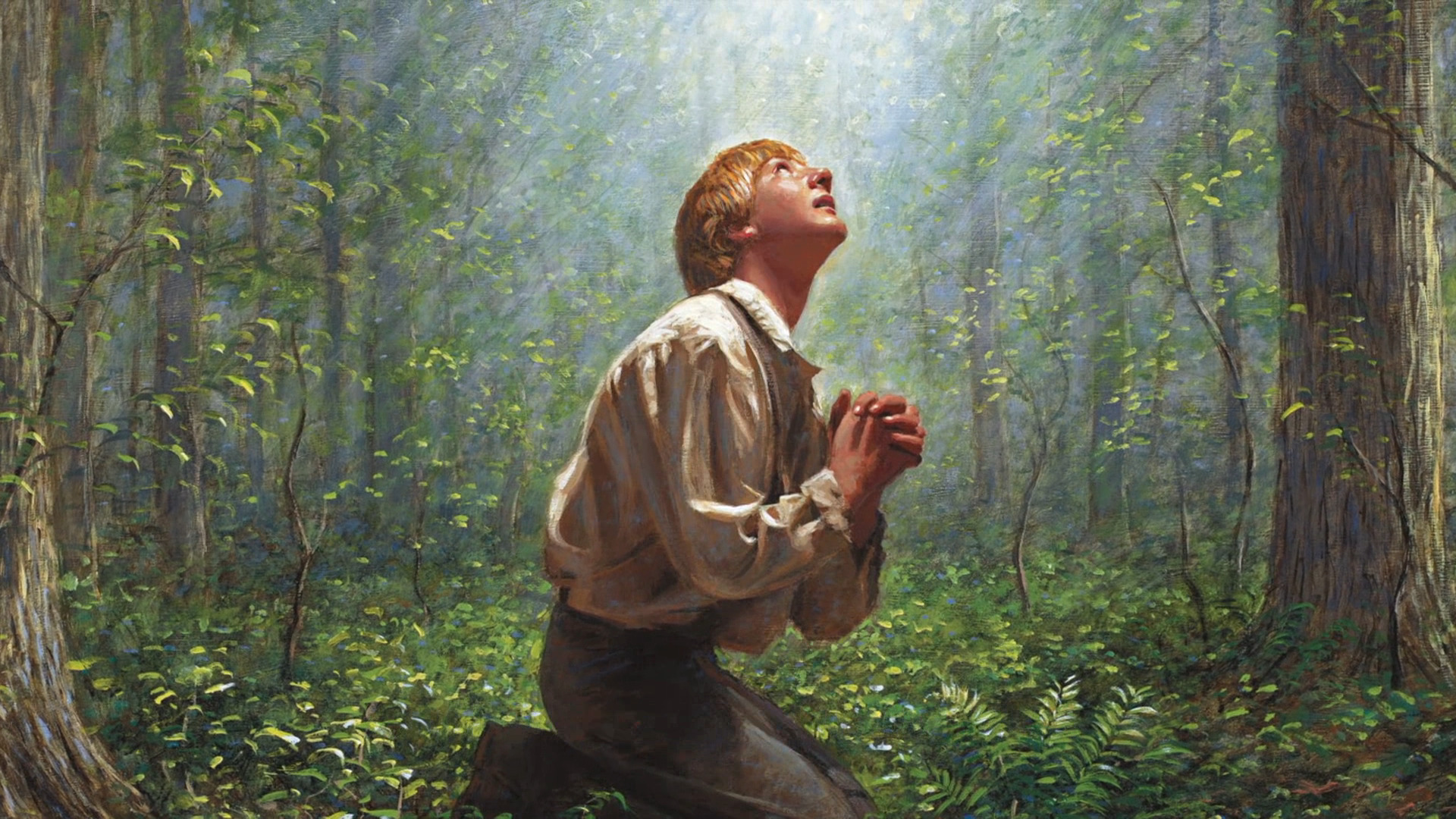
For many, the name of the first Mormon leader Joseph Smith sparks strong feelings, whether those are curiosity, skepticism, or admiration. The founder of The Church of Jesus Christ of Latter-day Saints, Joseph Smith remains a polarizing historical figure. Some see him as a visionary religious leader; others question his motivations and character. But behind the assumptions and accusations lies a deeply human story of struggle, conviction, and faith—a story that is often misunderstood. So who was the Mormon prophet, really?
Youth, Burden, and Revelation
Joseph Smith’s religious journey began at an age when most young people are still finding their identity. At just 14 years old, he reported having a vision of God the Father and Jesus Christ—what Latter-day Saints now call the First Vision. By 17, he said he was visited by an angel named Moroni, who revealed the location of ancient religious records that would later be translated and published as the Book of Mormon.
By the time Joseph was 23, he had completed that translation, despite having little formal education and living in poverty. Over half of the revelations now contained in the Doctrine and Covenants—a book of scripture for Latter-day Saints—were given to Joseph before the age of 25. By 30, he had organized the First Presidency of the Church and overseen the dedication of the Kirtland Temple.
His spiritual growth was rapid and intense. The Mormon leader had no role models for the kind of prophetic calling he claimed. Instead, he relied on heavenly guidance, spiritual gifts, and the support of equally inexperienced followers.
Joseph Smith’s Humanity and Humility
Joseph never claimed to be perfect. He openly admitted his flaws and failings. As a teenager, he reflected on the “foolish errors” and “weakness of youth” that occasionally distracted him. In his early 20s, when he lost 116 manuscript pages of the Book of Mormon, he received a severe rebuke from God in a revelation he chose to publish—a rare level of transparency for any religious leader.
This pattern continued throughout his life. Other revelations Joseph recorded and published included divine rebukes commanding him to repent, acknowledge his sins, and walk more uprightly.
A Mormon Prophet and a Person
Joseph Smith was both the Mormon prophet and a frontier man. His friends often called him “Brother Joseph,” reflecting his warmth and approachability. Converts described him as sincere and unpretentious. Visitors noted his plainspoken, dignified demeanor, and even critics acknowledged his sense of fairness and courtesy.
Despite a lack of formal schooling, Joseph was intellectually curious. He studied languages, law, and politics, and took seriously the call to build strong communities. He opened his home to the needy, advocated for religious freedom, and showed a genuine generosity that left lasting impressions on those he served. Yet like many leaders, Joseph could also be stern, emotional, and even combative when he felt others were acting unjustly.
Political Power, Public Backlash
Joseph’s dual role as Mayor of Nauvoo and President of the Church raised eyebrows, especially among critics who felt this blending of civic and religious authority was dangerous. But from the Saints’ perspective, it was the best response to years of violent persecution and governmental inaction. They sought legal ways to protect themselves and their right to worship in peace.
Joseph’s formation of a local militia, efforts to protect Nauvoo from extradition threats, and even his brief candidacy for U.S. President were all part of a broader desire to secure religious freedom, not just for Latter-day Saints, but for all people.
Still, local tensions grew—tensions that would eventually lead to the Joseph Smith assassination. When a dissenting group published a newspaper criticizing Joseph and the Church, the Nauvoo City Council deemed it a public nuisance and determined it lawful to have the press destroyed. While legal scholars have since debated whether this act was defensible under 1844 Illinois law, the incident became a flashpoint for anti-Mormon hostility and how did Joseph Smith die.
The Joseph Smith Assassination in Carthage
What happened next concluded in the Joseph Smith murder. Joseph and several others were charged with inciting a riot, and Illinois Governor Thomas Ford ordered them to stand trial in Carthage. Knowing the threats on his life, Joseph initially fled but returned upon learning that troops might invade Nauvoo if he did not surrender. Hoping to prevent bloodshed, he voluntarily gave himself up.
Joseph and his brother Hyrum were charged with treason, denied bail, and jailed in Carthage. When did Joseph Smith die? On June 27, 1844, a mob stormed the jail and murdered both brothers. Joseph Smith was 38 years old.
Accusations and Vindication
Joseph Smith faced 21 known criminal charges in his lifetime, ranging from fraud to treason. Almost all were dismissed due to lack of evidence or never went to trial. Legal scholars and historians have since reviewed court documents and found no evidence of fraud or moral misconduct. A federal judge in 1852, long after Joseph’s death, confirmed this conclusion.
Joseph faced serious financial hardship during his life. He took personal loans to fund temples and settlements and struggled to repay them. While some debts remained at the time of his death, court proceedings—many of which are now publicly available—have shown his intent was not deceitful, but driven by faith and responsibility.
What Are We to Make of Joseph Smith?
To some, it’s hard to reconcile Joseph’s imperfections with his Mormon prophet role. But as with biblical figures like Moses or Peter, Joseph’s humanity does not disqualify his divine calling. He never claimed to be flawless—only faithful. “I never told you I was perfect,” he once said, “but there is no error in the revelations which I have taught.”He was not a man of polish or privilege. His life was marked by trials, mistakes, growth, and ultimately, the Joseph Smith death cause: martyrdom. Whatever your background, Joseph’s story invites honest inquiry and deeper understanding.

By Todd Noall, Source Expert
Todd Noall is an author and religious scholar at Mormonism Explained with a focus on the history and theology of religion.

Fact Checked by Mr. Kevin Prince, Source Expert
Kevin Prince is a religious scholar and host of the Gospel Learning Youtube channel. His channel has garnered over 41,000 subscribers and accumulated over 4.5 million views. Mr. Prince also created the Gospel Learning App, a reliable platform where individuals seeking truth can access trustworthy answers to religious questions from top educators worldwide.
About Mormonism Explained
Mormonism Explained is a resource that was designed to provide objective and factual information about Mormonism, its history, doctrines, and policies. Our team of researchers consults experts and primary sources to present factual information on a variety of topics relevant to the Mormon Church.
Tags
